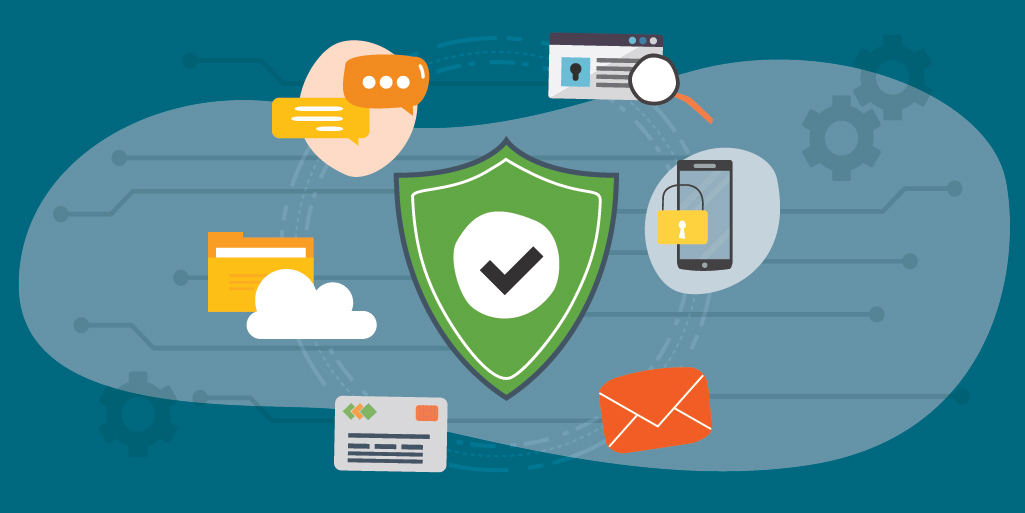
Change is hard. Change means work. But sometimes, as in the case of IT, change is necessary. Change management assists in planning and risk minimization. Change management can reduce the risk of cyber incidents and meet regulatory controls. This process will control the lifecycle of all changes.
The practice can be applied to every aspect of an organization, not just the technology. Processes can be applied to users, data, policies and stakeholders. In the end, the goal is to keep on top of the functions of the infrastructure to ensure business continuity and productivity, protect people, data and the network. So, change management applies to existing assets and services, as well as adding or replacing configurations.
Best practices when applying change management include:
- Understand your organization’s assets. What are the vulnerabilities presenting risk to your assets?
- Perform risk assessments in order to put mitigation strategies in place to reduce the risks. This may include updates and patches and applying access controls.
- Try to incorporate as much automation as possible in order to keep up with the escalating demands for change.
- Keep a record of changes. Document what was changed, when, and who.
- Plan for an emergency change. Not all changes are planned. Be prepared with an incident response plan or if you should suffer a catastrophic failure of equipment.
- Evaluate your plans. Plans may change due to a variety of reasons. Be flexible.
Develop a plan for change management. This discipline will guide you on how to prepare, protect, and adopt organizational changes.
Resources:
Why Change Management
